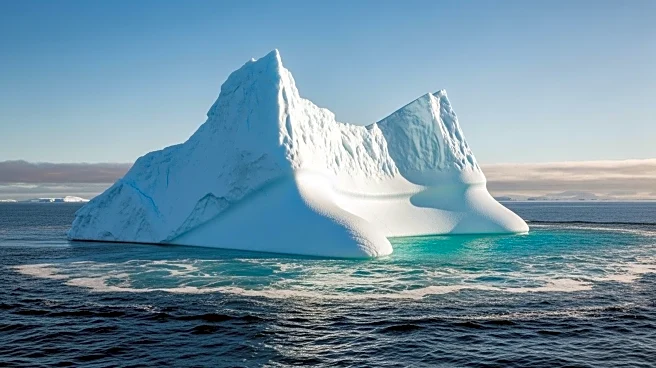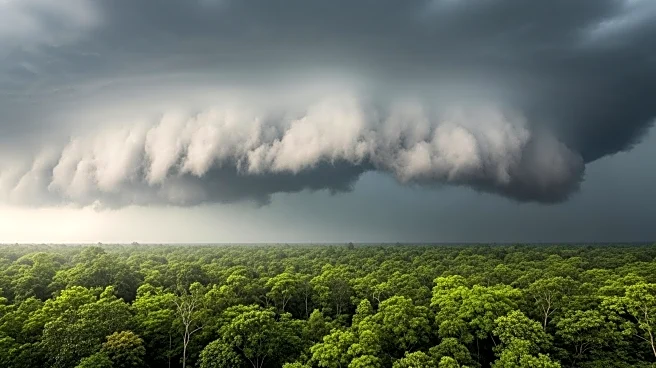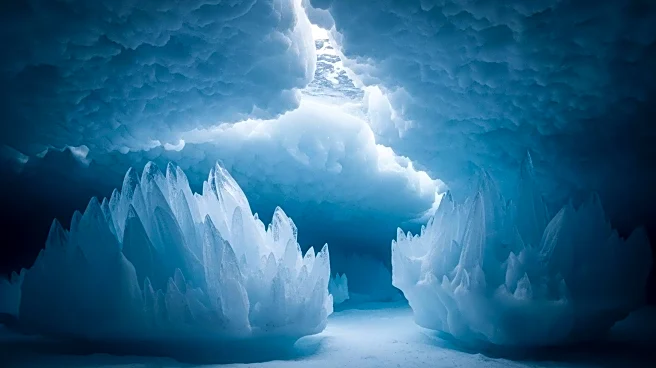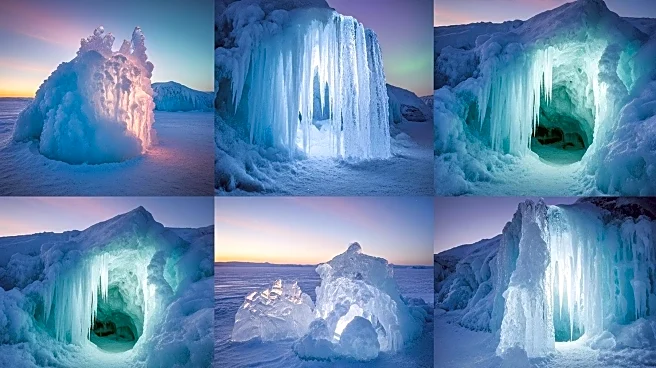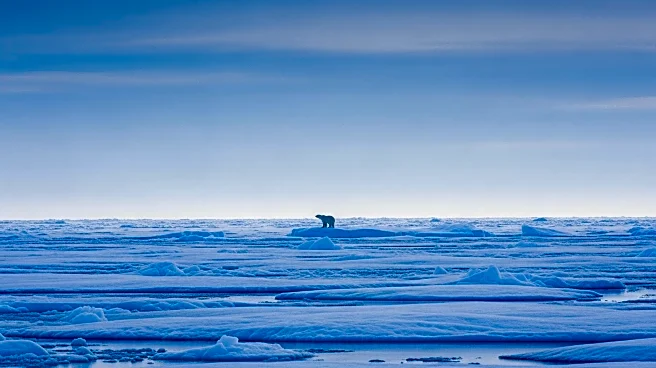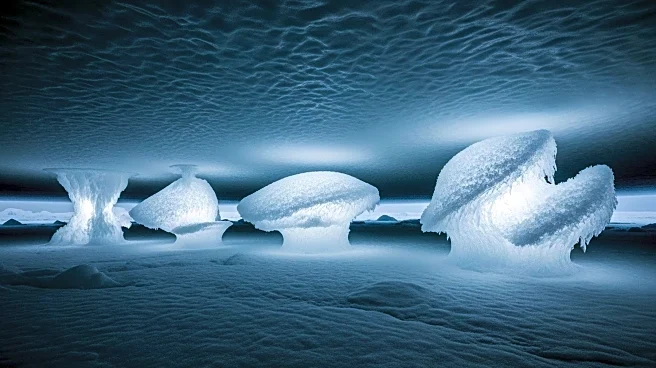What's Happening?
A research team has discovered a significant error in the understanding of ice loss in the West Antarctic ice sheet, which could lead to a rise in global sea levels by up to 20 feet. The study, published in Nature Geoscience, found that northerly winds, rather than the previously believed westerly winds, are contributing to ice melt by altering polynyas, which are openings in the ice sheet. This discovery challenges existing theories and suggests that human-induced climate change may be influencing these wind patterns, exacerbating ice loss.
Why It's Important?
The findings have major implications for understanding and addressing climate change. The potential rise in sea levels poses a significant threat to coastal communities worldwide, increasing the risk of flooding and shoreline erosion. The study highlights the need for accurate climate models to predict and mitigate the impacts of global warming. By identifying the role of northerly winds, researchers can better understand the mechanisms driving ice loss and develop more effective strategies to combat climate change.
What's Next?
The research could lead to a reevaluation of climate models and strategies to address Antarctic ice loss. If heat-trapping pollution is confirmed as a contributing factor, efforts to reduce emissions could help mitigate the problem. On an individual level, people can contribute by adopting energy-efficient practices and technologies. The study underscores the importance of continued research and international cooperation to address the challenges posed by climate change and protect vulnerable communities from its impacts.


